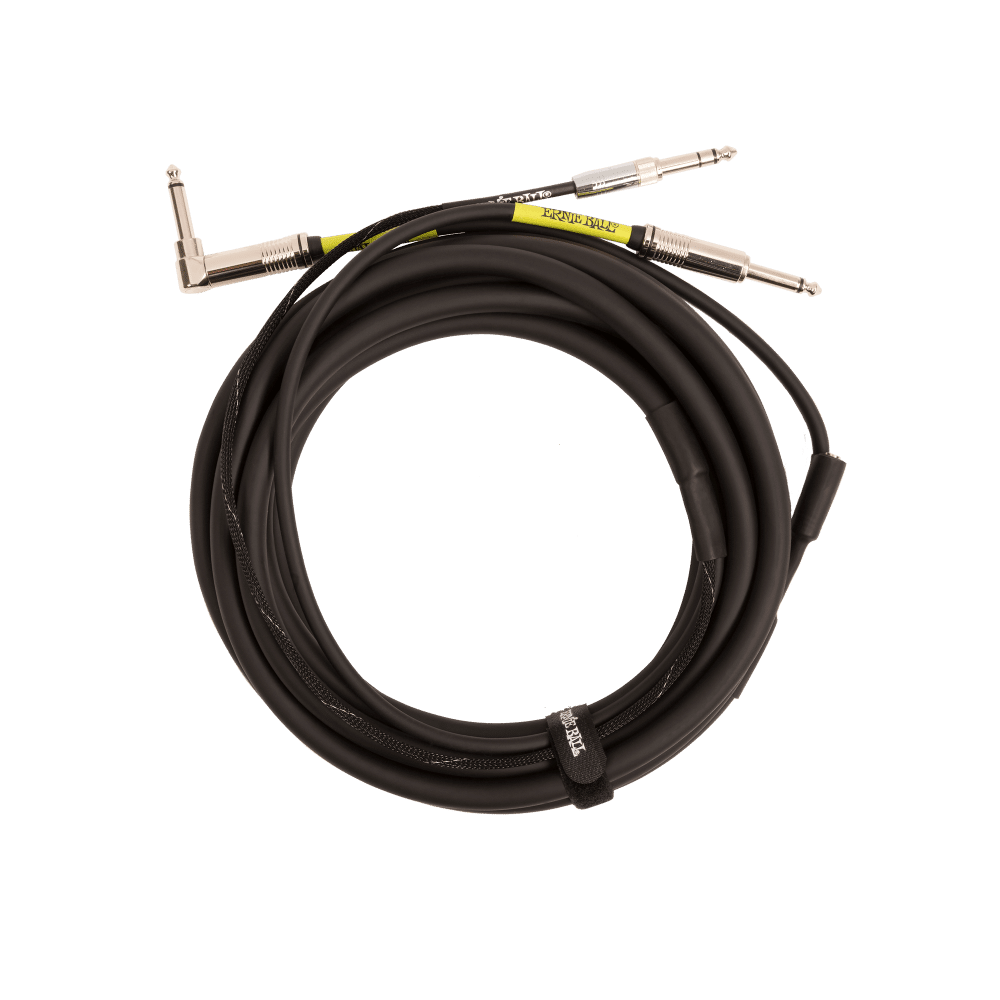As an Amazon Associate DcSoundOp earns from qualifying purchases.
Everyone wants in-ear monitors for their band these days, but not everyone can afford the cost or the time it takes at the gig to get them properly set up for consistent results. While wireless technology has made significant strides in recent years, there’s still a compelling case for sticking with simple wired in-ear monitors (IEMs). In this post, we’ll explore five reasons why I think wired in-ear monitors remain a superior choice for many working musicians.
Reliability in Signal Transmission:
One of the most critical aspects of any live performance is the reliability of your gear. Wired in-ear monitors provide a stable and consistent signal transmission, eliminating the risk of interference or signal dropouts that can plague wireless systems. They’re quick to set up, with no frequencies to coordinate, and no antenna farm to set up and position correctly for good coverage.
Higher Quality:
Wired in-ear monitors consistently deliver high-quality audio without the compression and other audible transmission issues often associated with wireless signals. The direct, unaltered signal path ensures that musicians hear their music with unparalleled clarity and accuracy. You also have a wide range of amplifier choices that can be used to fit the musician and situation best depending on their needs. Drummers for instance can control a click-track locally very easily with wired in-ears being amplified by a small mixer.

No Batteries:
Wireless in-ear monitors come with the added responsibility of managing batteries, which can be a logistical challenge during hectic tour schedules or extended performances. Wired IEMs eliminate the need for batteries, providing musicians with peace of mind and the assurance that their monitors won’t unexpectedly run out of power mid-show. This simplicity in power management allows musicians to focus on their craft rather than worrying about battery life.
Cost-Efficiency:
Wired in-ear monitors are generally more cost-effective than their wireless counterparts. For musicians on a budget or those looking to invest in high-quality gear without breaking the bank, wired IEMs offer a reliable and affordable solution. This cost-efficiency becomes particularly attractive for emerging artists or bands in the early stages of their careers, allowing them to allocate resources to other essential aspects of their musical journey. No matter what your budget is, spending more on the actual monitors instead of on wireless gear will always be a benefit.
No Latency:
In live performances, even the slightest delay in audio transmission can have a significant impact on the overall sound and timing of a band. Wired in-ear monitors eliminate the latency that wireless transmission adds, providing musicians with instantaneous feedback. This is crucial for tight, synchronized performances where every beat and note must align seamlessly. The absence of signal lag ensures that musicians can trust their monitors to deliver real-time audio, fostering a strong connection between the artist and their music.
Conclusion:
While wireless technology constantly evolves, there are undeniable advantages to choosing wired in-ear monitors for working musicians. From reliable signal transmission to cost-efficiency, the benefits of wired IEMs contribute to a more seamless and stress-free live performance experience. Ultimately, the choice between wired and wireless in-ear monitors depends on individual preferences and specific performance needs. However, for anyone who is plugging in a guitar or bass with a cable already, or standing behind a keyboard, or sitting at an instrument like the drums, it’s a pretty simple choice to stick with a wire unless you have a really good reason not to.
You can find cables like the Earnie Ball instrument/IEM combo cable that makes adding in-ears to a musician’s rig very simple, or you can loom your own cables together very easily for a custom setup.
Amazon and the Amazon logo are trademarks of Amazon.com, Inc, or its affiliates.
